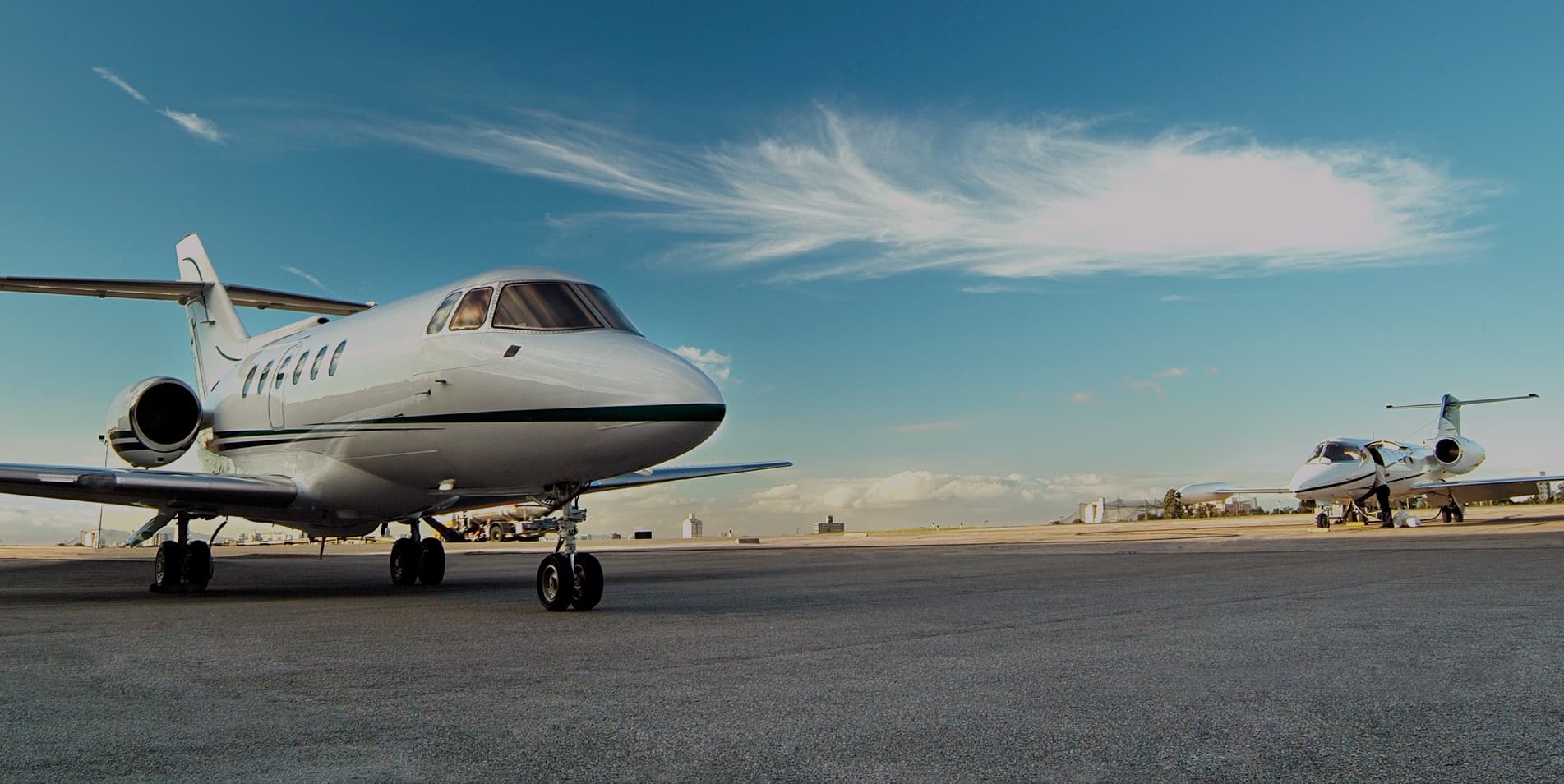
✈️ The Future of Aircraft Leasing: Trends and Opportunities
The aircraft leasing industry is experiencing a transformative period, driven by evolving market dynamics, technological advancements, and shifting economic factors. As we look ahead, several key trends are shaping the future of aircraft leasing, presenting new opportunities and challenges for stakeholders across the aviation sector.
📈 1. Accelerated Market Growth
The global aircraft leasing market is on a robust growth trajectory. Valued at approximately $192.45 billion in 2024, it’s projected to reach $551.47 billion by 2034, reflecting a compound annual growth rate (CAGR) of 11.1% . This expansion is fueled by increasing air travel demand, fleet modernization efforts, and the financial flexibility that leasing offers airlines.
Polaris+1Icarus Fund+1
Icarus Fund
🌍 2. Regional Shifts and Emerging Markets
While North America currently holds the largest market share, emerging regions like Asia-Pacific and Africa are becoming significant players in the aircraft leasing landscape. Countries such as China are witnessing a surge in demand for both new and pre-owned aircraft, prompting leasing companies to tailor their services to these growing markets .
Icarus Fund
🔄 3. Evolving Lease Structures
The industry is witnessing a shift towards more flexible lease arrangements. Finance leases are gaining popularity as lessors seek growth opportunities with higher-tier credits . Additionally, narrow-body aircraft like the 737 MAX 8 and A320neo are commanding higher lease rates, attributed to tight supply and increased demand .
The Boeing Company Official Website
ABL Aviation
⚙️ 4. Technological Integration
Advancements in technology are revolutionizing the aircraft leasing process. Digital platforms are streamlining operations, enhancing transparency, and improving efficiency in lease management. Moreover, the integration of sustainable aviation technologies is influencing leasing decisions, with airlines opting for eco-friendly aircraft to meet regulatory standards and reduce operational costs.
🛠️ 5. Supply Chain Challenges and Aircraft Shortages
The industry faces challenges related to aircraft shortages due to production delays from manufacturers like Airbus and Boeing. Supply chain issues and labor constraints have exacerbated the problem, leaving the industry short of approximately 4,000 aircraft . These shortages are driving up lease rates and highlighting the need for strategic fleet planning.
Financial Times
🌱 6. Sustainability and Environmental Considerations
Environmental concerns are increasingly influencing leasing decisions. Airlines are under pressure to reduce their carbon footprint, leading to a preference for fuel-efficient and environmentally friendly aircraft. Leasing companies that offer such aircraft are well-positioned to meet the growing demand for sustainable aviation solutions.
📊 7. Financial Resilience and Profitability
Despite challenges, the aircraft leasing sector demonstrates financial resilience. Companies like Avia Solutions Group have reported increased profitability, attributing this to high leasing rates and strategic fleet expansion . This profitability underscores the sector’s attractiveness to investors and stakeholders.
Reuters
Icarus Fund
🚀 Conclusion
The future of aircraft leasing is characterized by growth, innovation, and adaptability. Stakeholders who embrace technological advancements, understand regional dynamics, and prioritize sustainability will be well-positioned to capitalize on emerging opportunities. At Eneico Aero, we are committed to navigating these trends, providing our clients with tailored leasing solutions that align with the evolving landscape of the aviation industry.
